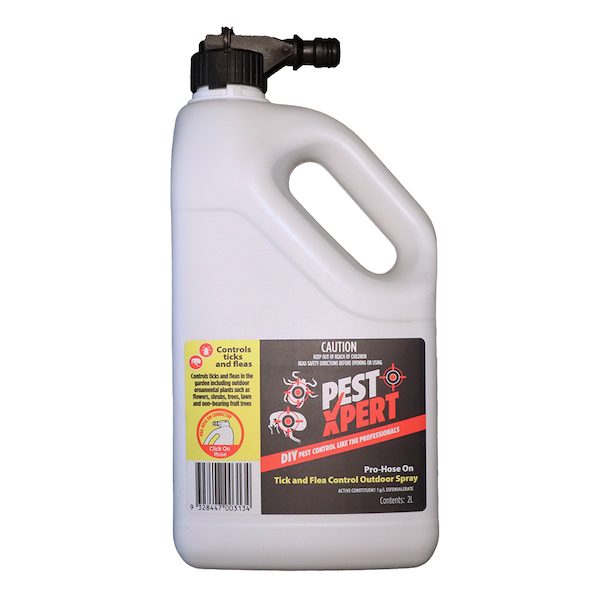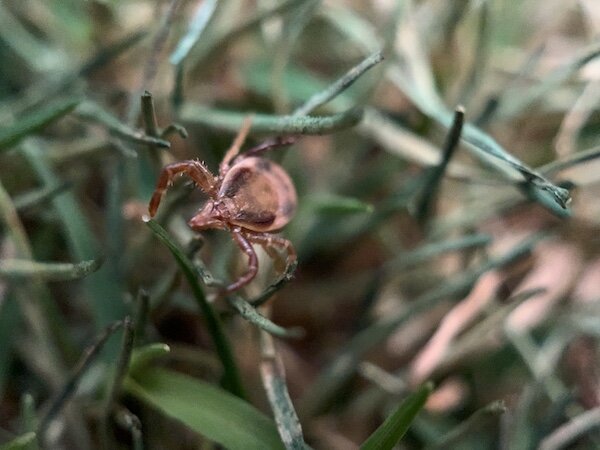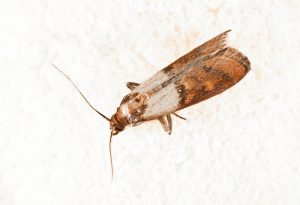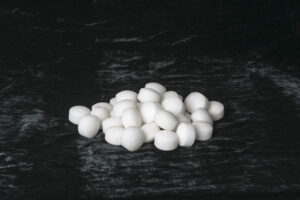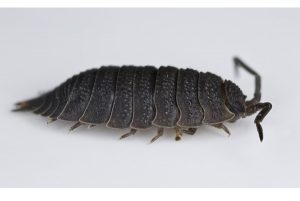
Treatments for grass ticks and fleas in lawns
Paralysis tick in grass
When our dogs or cats have a flea or tick problem, we are quick to apply the appropriate on pet flea and tick treatment. With flea infestations we will also treat the inside of our homes – we certainly don’t want to get bitten either! But how many of us treat the areas outside our homes for fleas and ticks?
In the majority of cases flea and tick problems start outside the home. After all, fleas and ticks were here long before we started building houses. By understanding their life-cycle in the natural world, we can target flea and tick hotspots outside the home, providing lasting protection for your family and pets.
How to control grass ticks
There is no such thing as a grass tick. Grass ticks are a common name given to the young ticks (larvae and nymphs). In Australia this really means the paralysis tick, but the term “grass tick” is often used for the young of any tick species.
Tick larvae and nymphs need a blood meal to grow and moult into the next stage of their life-cycle. Typically ticks get into our yards hitching rides on native animals such as bandicoots and rodents. Certainly, robust fencing to below soil level can be useful in keeping bandicoots out of your yard, but it still isn’t foolproof. To make sure your yard is tick free, it is necessary to treat the tick hiding places.
Ticks hide in the grass and leaf litter – the idea they climb trees and drop onto our heads is an urban myth! To treat for tick outside an outdoor tick treatment needs to be applied to all lawn areas and garden beds. It is important to apply enough tick spray to get down into the leaf litter where the ticks tend to hide.
As with any pest control treatment, keep children and pets out of the area during application and keep them out under the treatment has dried.
How to target fleas outdoors
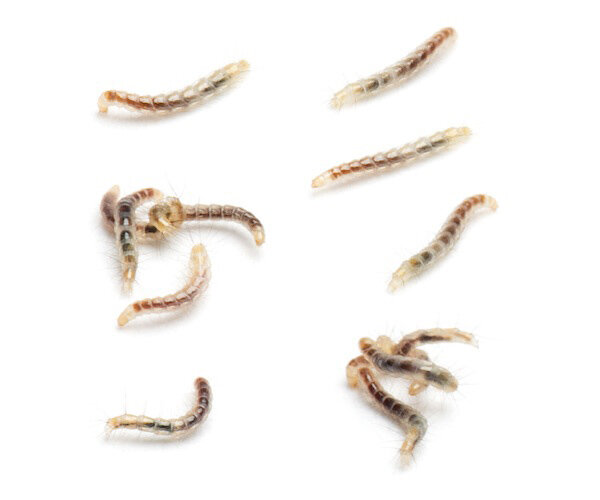
Flea larvae are the weak link in the flea life-cycle. These thin, translucent ‘worms’ are very susceptible to drying out, which is why the warm, humid summer months are the peak of the flea season. Flea larvae prefer shady, moist (but not wet) soil. Areas under trees or under houses are ideal. Coincidentally, just the places your pet likes to rest as well!
As part of any flea treatment, these outdoor areas need to be treated. If not, you will have a ready supply of fleas to cause your next infestation. Treating these areas with an outdoor flea spray will eliminate this source of infestation. Make sure the treatment soaks into the soil and make sure the treatment has dried before letting any pets back into the area.
Fleas are carried on a variety of native animals, rodents and stray animals, so preventing access to any sub-floor areas is a good idea.
Which products should you use?
Despite fleas and ticks being a common problem, there are remarkably few products to help pet owners deal with flea and tick problems outdoors. Fortunately, PestXpert Hose-On Tick & Flea treatment provide homeowners with a quick, easy and safe way to treat their yard for fleas and ticks, protecting their family and pets for months. As flea and ticks can get re-introduced overtime, regular treatments are a good idea to keep your yard free of ticks and fleas.
